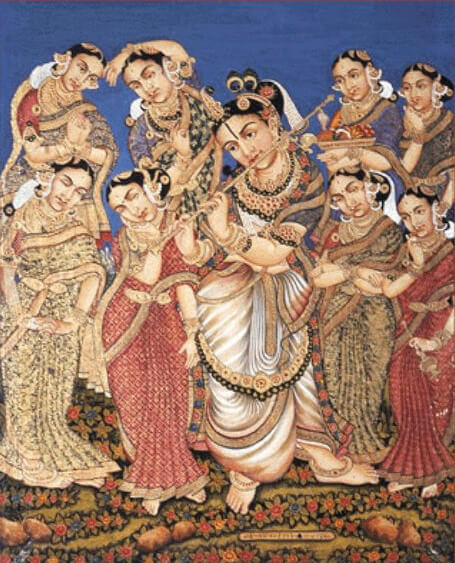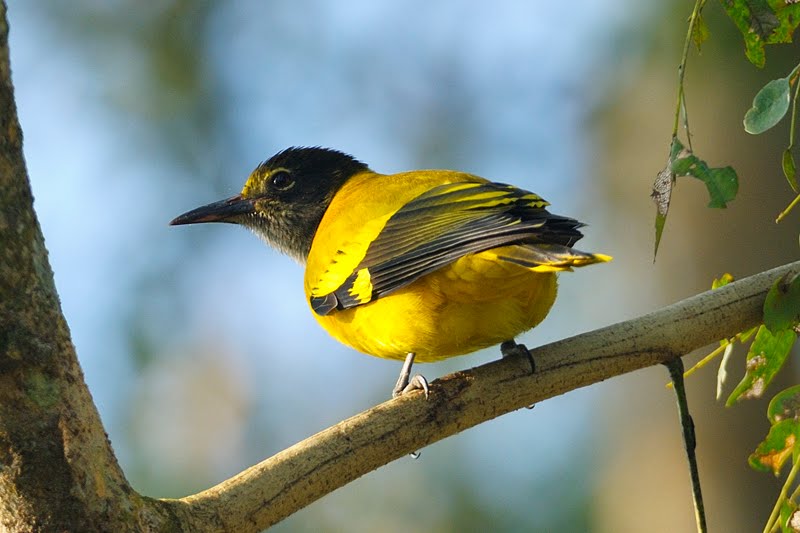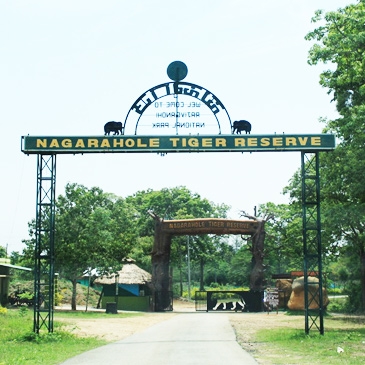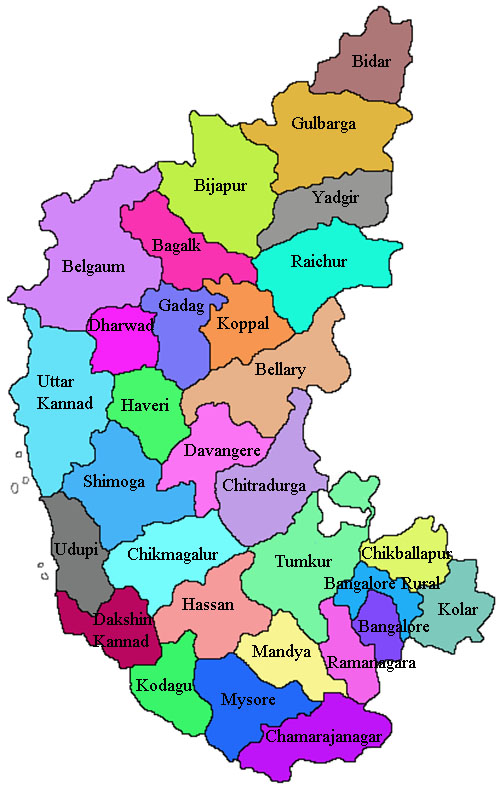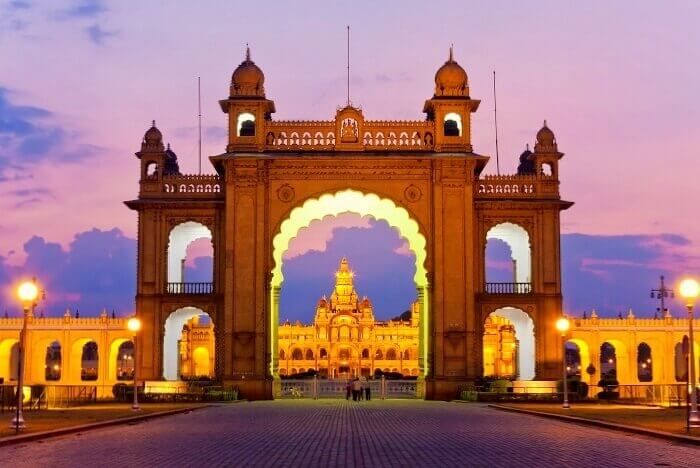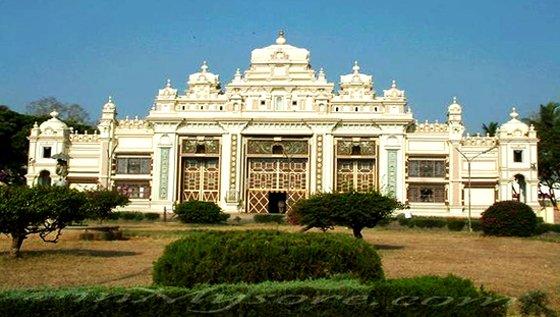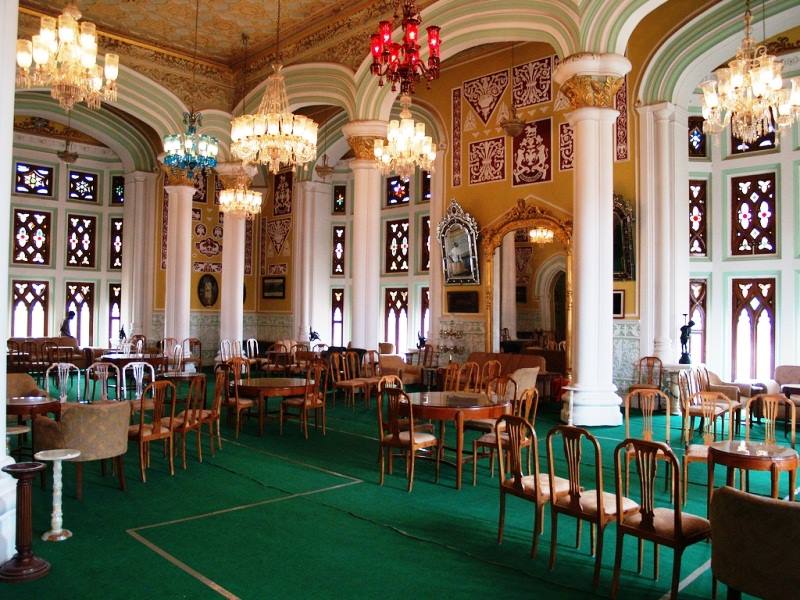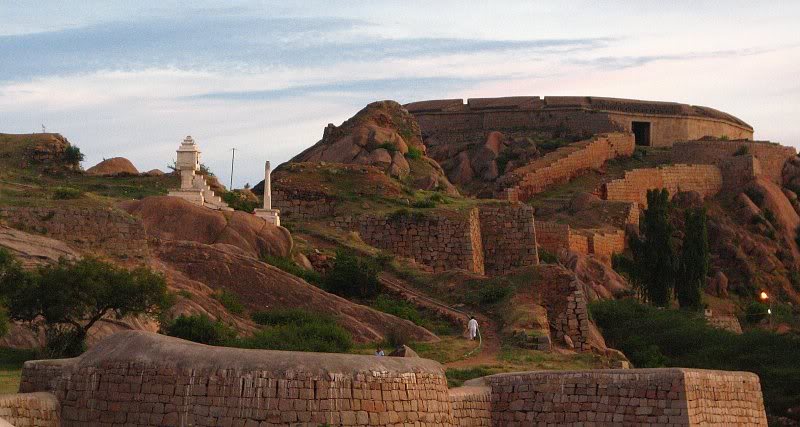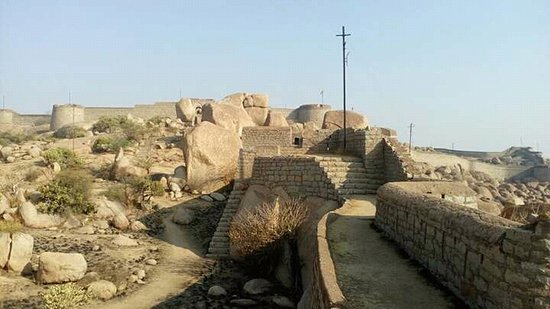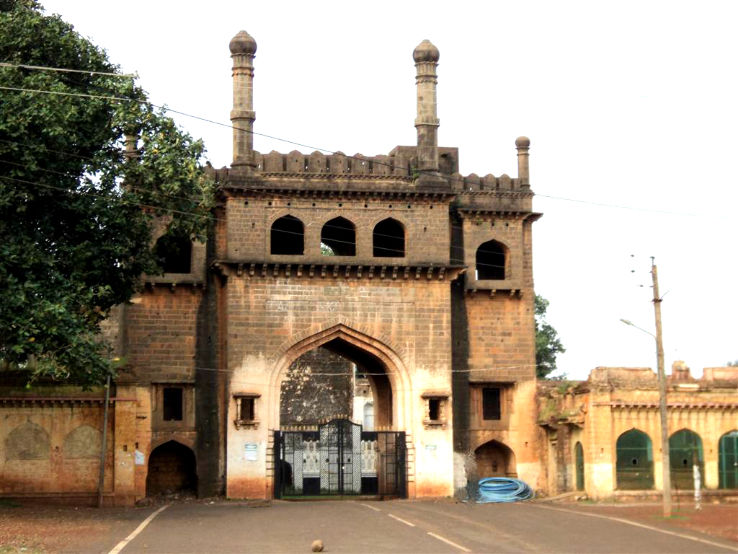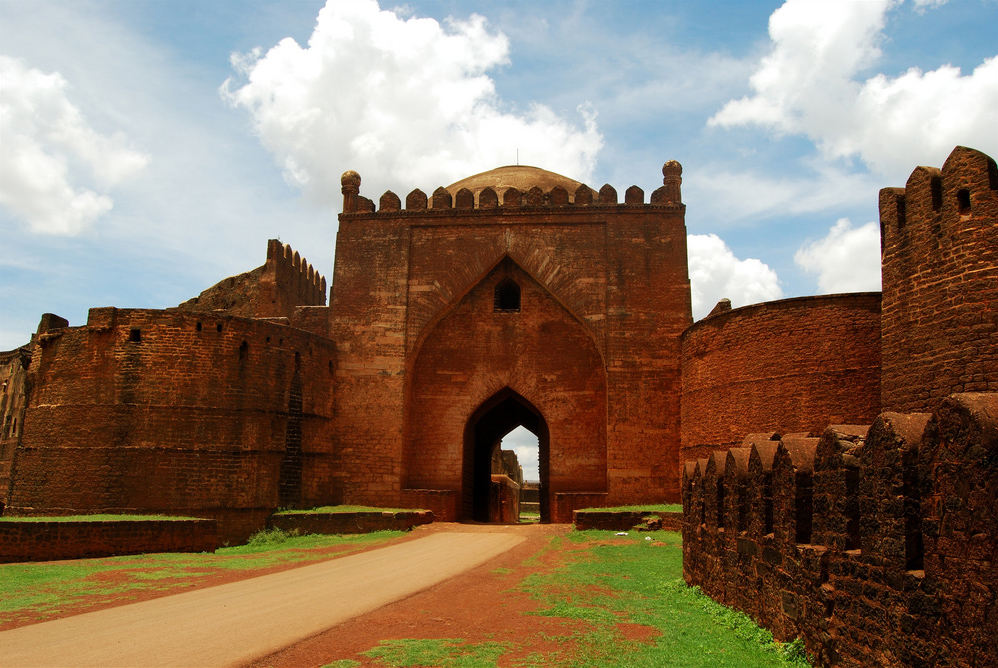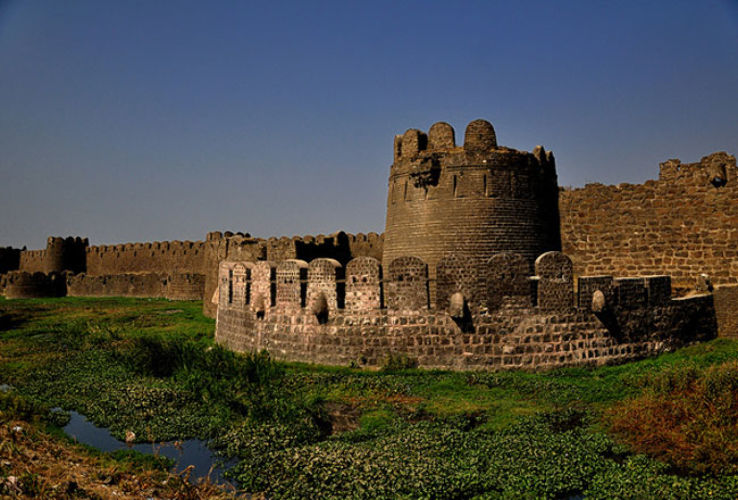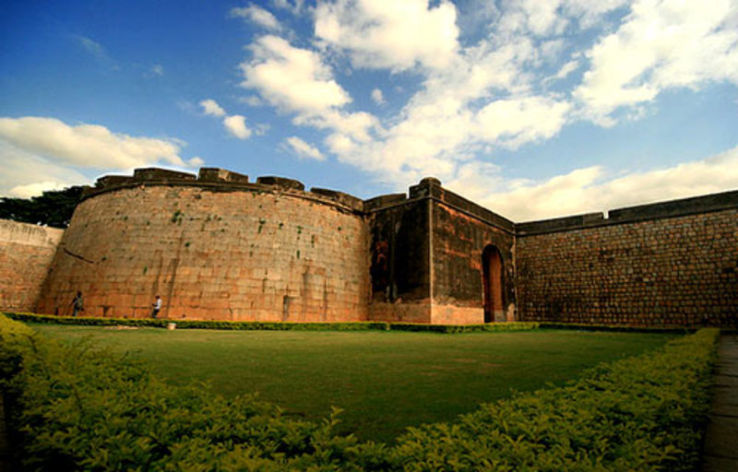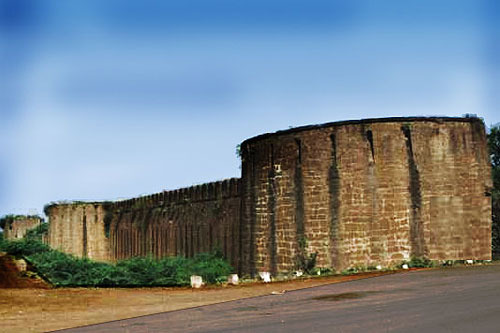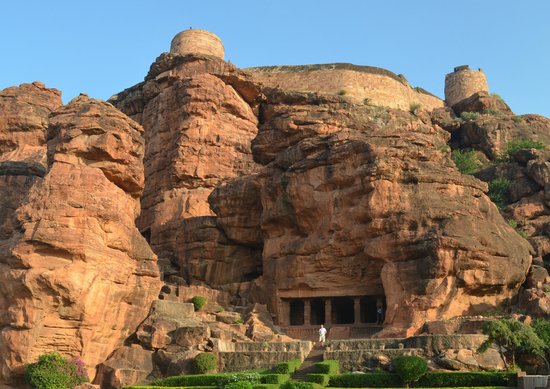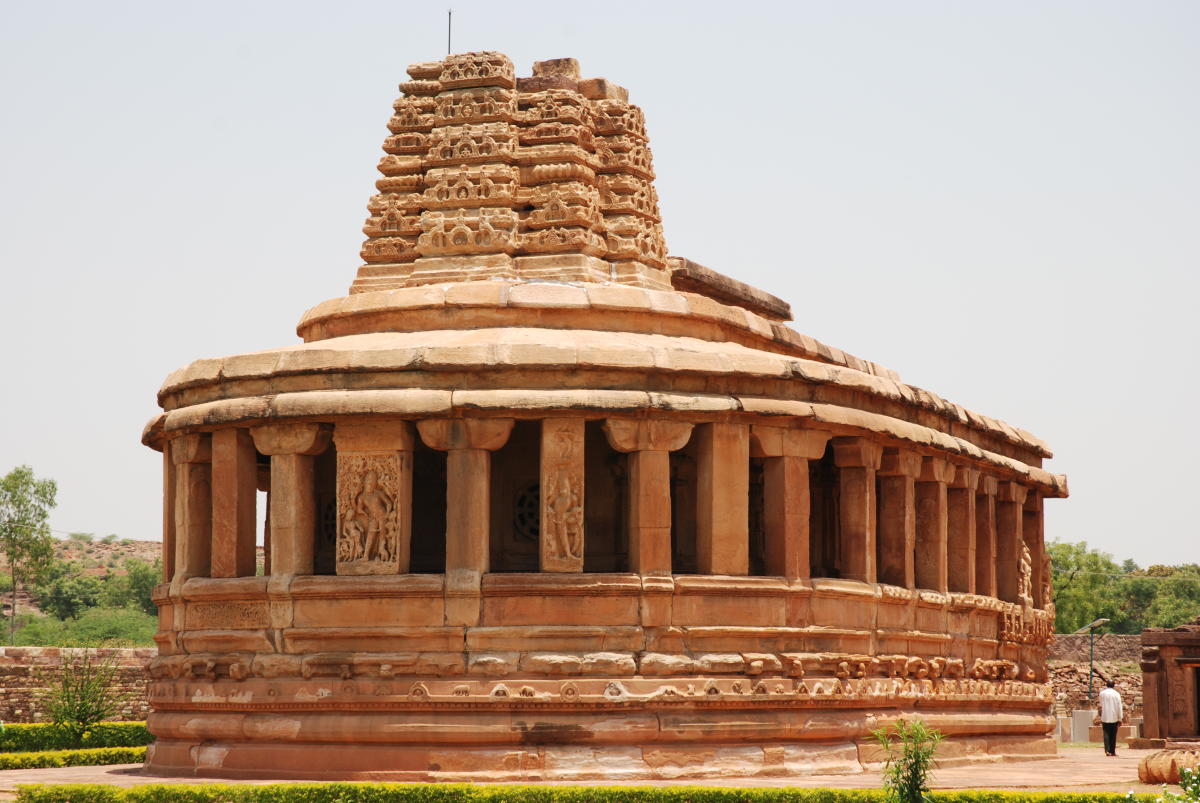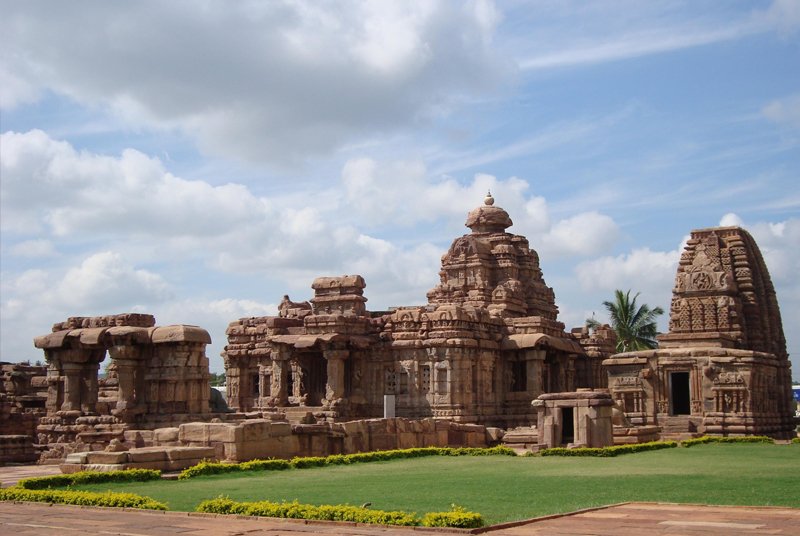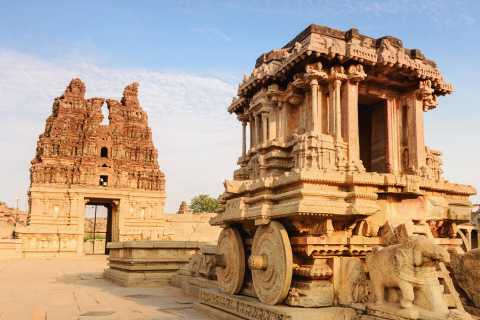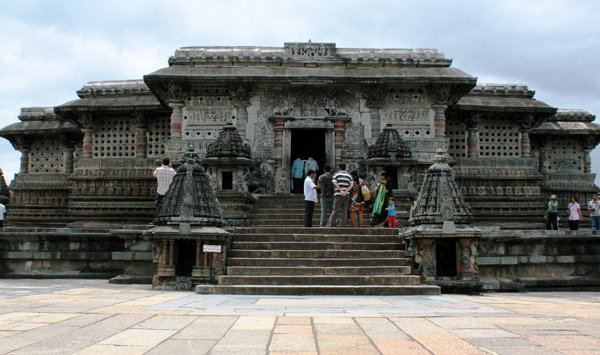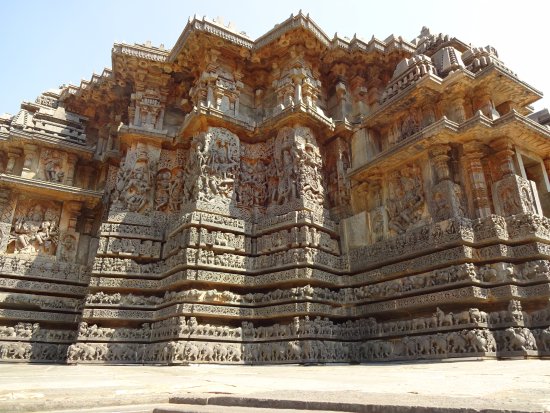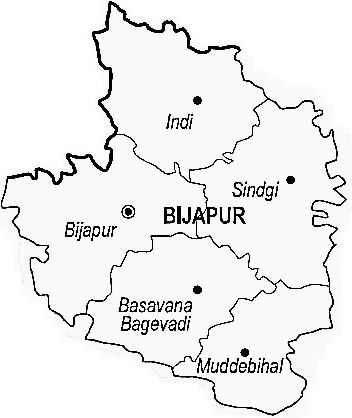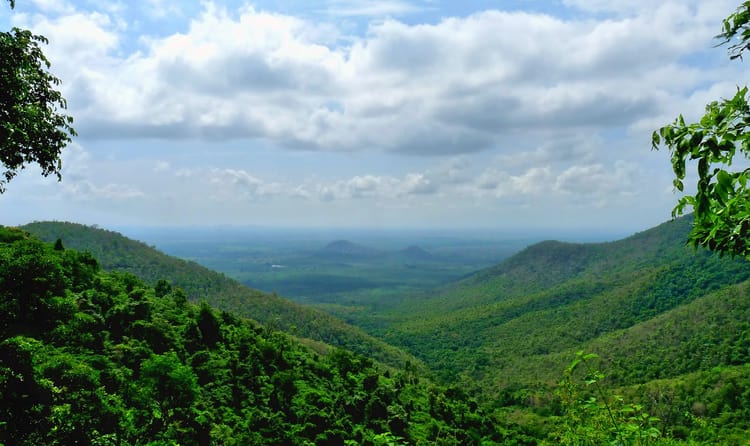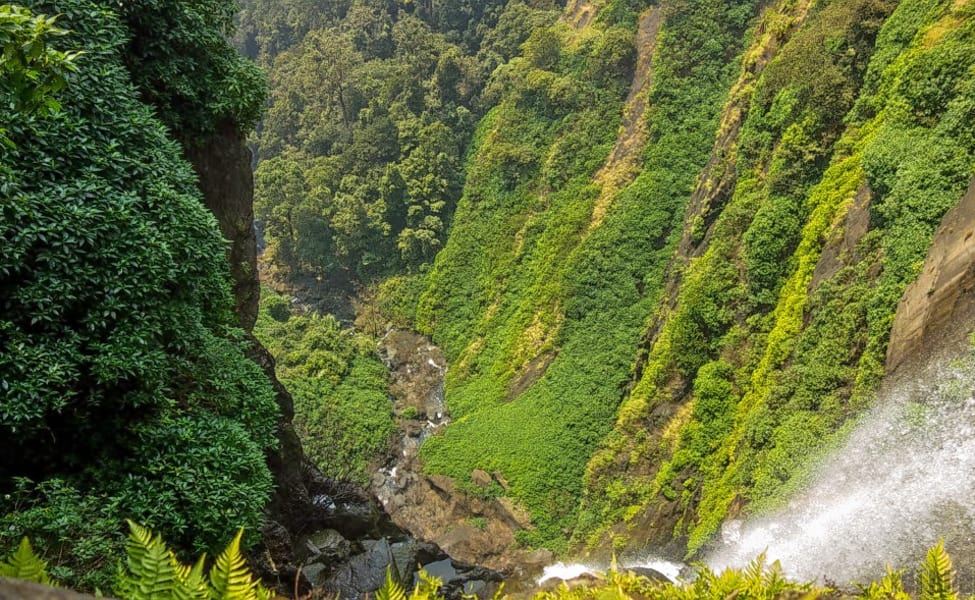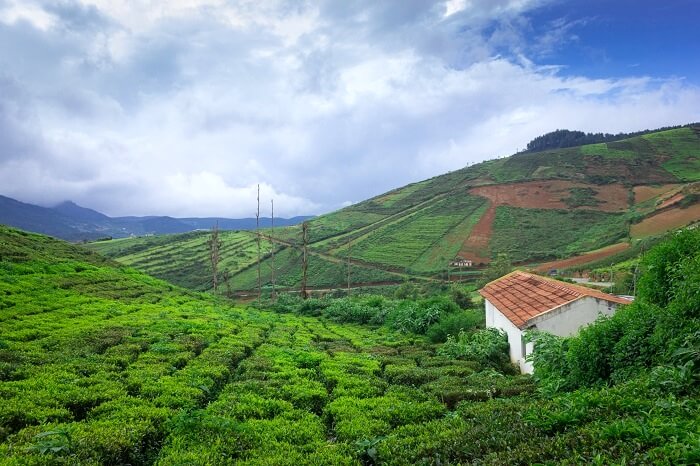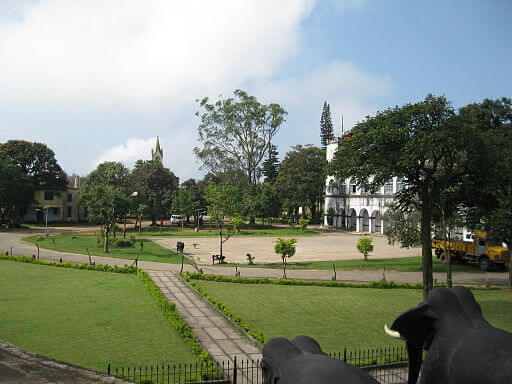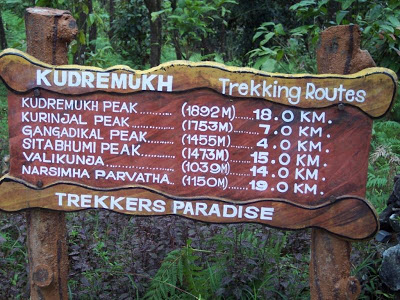- Home
- Indian Art
- Indian Paintings
- Mysore Painting
Mysore Painting
Introduction
Mysore Paintings
is another important Indian Paintings along with Mughal, Tanjore and many more
paintings. Mysore Painting is a classical South Indian painting which
originated around the Mysore city of Karnataka, India. Mysore Painting was
given lot of prominence during Wodeyar reign.
Karnataka has a long history in the art and architecture along with beautiful paintings. The rulers of Vijayanagara Empire gave lot of prominence to art, architecture, literature and philosophy. In the year 1565 after the fall of Vijayanagara Empire in the battle of Talikot these painters’ moves to different places like Mysore, Tanjore and Surpur.
Gradually the Vijayanagara School of painting
evolved into many types of painting like Mysore school of painting and Tanjore
School of painting. Mysore Paintings is more time consuming and requires more
hard work. It is famous for its muted colors and the paintings use thinner
gold leaves.
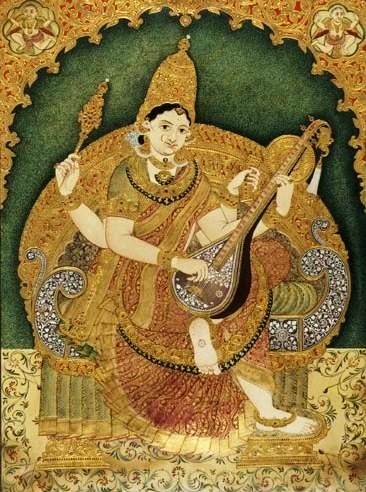
History of Mysore Painting
Mysore Paintings was further improved under the rulers of Wodeyar dynasty. The family members of these painters, who were in deep distress after the fall of Vijayanagara Empire got new life under Wodeyar dynasty.
Raja Wodeyar I rehabilitated the families to Srirangapatna.
The successor of Raja Wodeyar namely Ranadira Kanteerava Narasimharaja Wodeyar
and Chikka Devaraja Wodeyar further patronized and developed the paintings by
making temples and palaces to be painted with mythological scenes.
But the pity
is that none of these paintings have survived due to constant war between Tipu
Sultan, Hyder Ali with British. The lord
Narasimha Swamy temple in Seebi( a place in Karnataka near Tumkur) was built by
Nallappa has many beautiful wall paintings in the Mysore and Tanjore style.
The Mysore
paintings were again revived again in the beginning of 19th century
by Mummadi Krishnaraja Wodeyar. He also encouraged literature, dance, sculpture
and painting. One can see beautiful
paintings on the walls of Jagan Mohan Palace, Mysore Karnataka. These paintings
include portraits of Mysore rulers and their family members and also paintings
from the mythological stories.
Sritattvaniddhi
is the famous manuscript which has 1500 pages of illustrations of Gods and
Goddess along with detail instructions to painters with regard to colour
choice, method and the mood. Another literary source which gives explanation
about the objective and principles of painting, methods of preparing colours
and using brushes is the Visnudharmottara Purana, Abhilasitarthacintamani and
Sivatatvaratnakara.
Method and Technique of Mysore Painting
The beauty of
Mysore Paintings is the intricate brush strokes, delicate lines, beautiful
colors and gold leaf. They are not just paintings but it can be said that
these painting invoke feelings of devotion and respect. One has no words to
express the beauty of these paintings. The brushes were made using squirrel
hair, camel hair and goat hair. Even the sketches were made using charcoal
which was prepared by burning tamarind twigs in an iron tube.
Here are the steps given for making this marvellous painting.
The first step
for making the Mysore painting is to make the base of the painting using paper,
wood and cloth. The primary sketch of the image is drawn on the base of paper
which is later pasted on the wooden base. The Wooden surface is prepared by
using dry white lead, yellow ochre.
Later a paste is prepared by mixing zinc oxide and Arabic gum. It is known as “Gesso paste” which is the Hallmark of all the traditional paintings of Karnataka. This paste is used mainly to give slightly raised effect like embossing which is covered with gold foil.
Gesso paste was
used to depict intricate designs like the clothes, jewellery, designs on
pillars and arches. The next step is the
colour the far objects like animals, sky, hill for which usually water colours
are used. After this the most important parts of the paintings like faces,
dress and ornaments are painted.
Some of the basic colours used in the paintings are Red, Green and Blue. Earlier the colours were prepared by using vegetables and flowers. Firstly the painters coloured one colour completely where ever it was required and later moved to other colour.
Later after the painting is dried
it is covered with thin paper and it is rubbed with soft glazing stone
Kaslupada kallu. When the thin paper is removed the painting looks just
stunning with gold and their bright colours and embossing of the painting.
Famous artists of Mysore Painting
Some of the famous painters are
K.S. Shreehari:
K.S. Shreehari was born in T. Narsipura in Karnataka. He did his graduation from the University of Mysore. His father was K.V. Seetaraman. It was a family of doing beautiful Mysore Paintings. K.S. Shreehari followed the family profession of Mysore paintings.
Some of the famous paintings done by him include Panchanaari
Turuga which had a horse comprising five female figures, Virata Vishwaroopa and
Navanaari Kunjara which has elephant with nine female figures. For his immense
and dedicated work K.S. Shreehari has received many awards.
M.Ramanarasaiah:
He worked as a custodian in Jayachamarajendra art gallery and has a collection of family related to royal family of Mysore. He was also the palace artist. His daughter Chandrika is following her father’s footsteps and is also very good in doing Mysore Painting.
Other painters of Mysore paintings include Anand who learnt the art by himself, B.P Ramakrishna and R.G. Singh.
Please share
your views and photos about Mysore Painting with us by clicking the link here.
Check out for other pages
Update on coronavirus in India
Affiliate Disclosure:
If you make any purchase via a link on this site, I may receive a small commission with no added cost to you.
